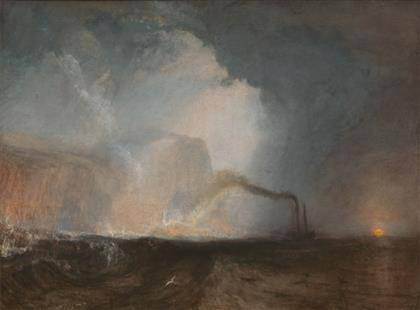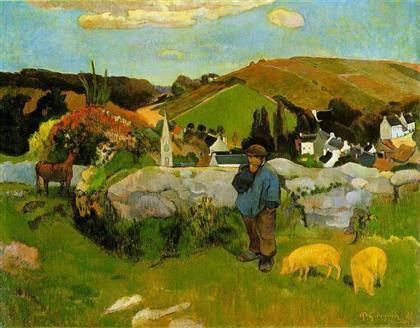
Piet Mondrian, No. VI/Composition No. 11, 1920
© 2014 Mondrian/Holtzman Trust c/o HCR International
Tate Liverpool presents ‘Mondrian and his Studios’ ‘Mondrian and his Studios’ presents a diverse group of key abstract paintings, alongside the life size reconstruction of Mondrian’s Paris studio. Tate Liverpool, 6 June – 5 October 2014.]]>
Source: Tate Liverpool
“Mondrian and his Studios” considers not only his importance in the field of abstraction, but also the complex relationship between his artworks and the space around them. The exhibition will focus on this connection between painting and architecture after Mondrian’s move to Paris in 1911, with a reconstruction of his studio at 26 Rue du Départ, Paris being a major highlight of the display. Mondrian’s studios in Amsterdam, Paris and New York all represented an ideal viewing space, described by the art historian Yves-Alain Bois as ‘an experimental expansion of the work and the condition for its accomplishment’. Each studio reflected different stages of the painter’s way of thinking and of his intentions: the studios themselves form a distinct strand of his work, alongside his painting and writing.
Drawings from Mondrian’s 1914 series “Pier and Ocean” have particular resonance in Liverpool as they are be presented for visitors alongside the stunning views of the former Cunard liner piers seen from Tate Liverpool’s fourth floor riverside galleries. In the series, Mondrian investigates the surface of the sea and its plastic qualities, which led him to develop his abstract vocabulary: his drawings of the ocean and church facades helped him formulate the grid that became his signature abstract style. Significantly, Mondrian left Europe for New York on board the Cunard White Star Lines ship Samaria which departed Liverpool on 23 September 1940.
The exhibition also investigates Mondrian’s broader relationship with architecture and urbanism, particularly through a comparison of his earlier Parisian works and those made in the frenetic modern cityscape of New York. Many of Mondrian’s best-known Neo-Plastic works are exhibited: his own abstract painting style comprising straight lines and clearly defined primary colours, embraced by the Dutch avant-garde movement De Stjil of which Mondrian was a founder. This includes the painting “No. VI / Composition No.II 1920” which can be clearly seen hanging on the wall above a doorway in two photographs taken of his studio at 26 Rue du Départ in the mid 1920s, and is now part of the Tate collection.
Related content
Piet Mondrian: ‘Broadway Boogie – Woogie’ – from the ’50 masterworks of painting’ series
Follow us on:


